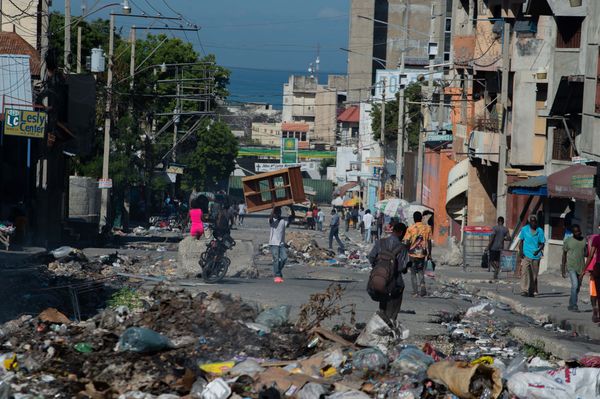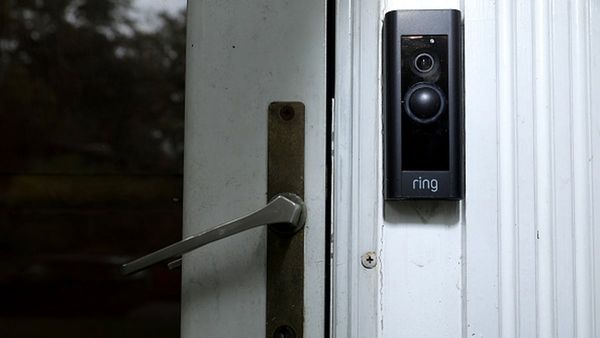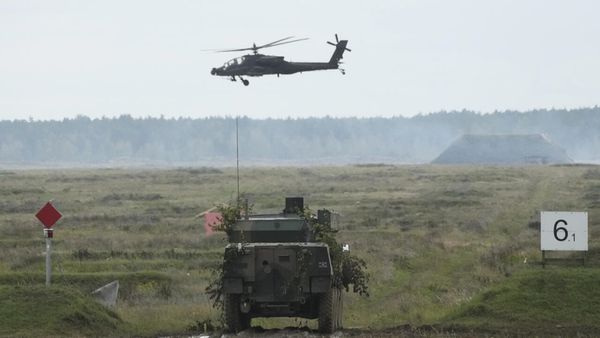The captain of the Air India flight which crashed in Ahmedabad killing 260 people told his co-pilot "the plane is in your hands" before takeoff, sources have claimed.
Investigators probing the crash on the Gatwick-bound Boeing 787 are focussing on the actions of the pilots in the lead up to the crash last month.
A preliminary report from the Aircraft Accident Investigation Bureau (AAIB) released last week into the crash suggested the fuel switches were turned off just after takeoff, starving the engines of fuel.
The plane is believed to have lost thrust and crashed around 30 seconds later, killing 241 on board and another 19 people on the ground. 52 Britons died in the crash.
According to the AAIB report, one of the pilots is heard asking the other why “did you cut off” the fuel supply in the recovered cockpit voice recording. The other pilot responded that he “didn’t”.
The AAIB report does not specify which pilot said what.
Now fresh details of the interactions between the two pilots have emerged through two Western sources familiar with the contents of recordings taken from the plane’s black boxes that shed more light on what might have happened and which pilot asked why the switches had been turned off.
The sources told the Corriere della Sera captain Sumeet Sabharwal entrusted his first officer Clive Kunder with the plane before takeoff.
The sources said it was not unusual for the captain of a flight to yield the controls to a first officer during takeoff.
But pilots familiar with the preliminary report into the crash assessed that Mr Kunder would have "had his hands full" flying the plane at the time.
Corriere's sources said Mr Kunder was heard asking the senior pilot: "Why did you shut off the engines?" Another microphone recorded a "vague" denial: "I didn't do it", the sources said.
The outlet reports that Mr Kunder was "unconvinced" and asked the same question "several more times" over a further six seconds.
The claims line-up with reports US officials believe the captain of the Air India plane may have cut off the aircraft’s fuel supply. The AAIB report said it remains unclear whether the switches were moved accidentally or deliberately.
According to a US assessment of black box data, the first officer, who was piloting the Boeing 787-9 Dreamliner, questioned why the captain had moved switches to the cut-off position during the critical moments of take-off.
Citing U.S. pilots familiar with the AAIB report, the Wall Street Journal reported this week that "as the pilot actively flying, [First Officer] Kunder likely would have had his hands full pulling back on the Dreamliner's controls at that stage of the flight”.
"Sabharwal, as the pilot monitoring, would have been more likely to have had his hands free as he oversaw the operation".
The Wall Street Journal, which reviewed the findings, reported that the first officer expressed “surprise and panic” while the captain remained calm amid the discussions on the fuel switches.
Investigators probing the crash are also said to be examining the medical records of Sabharwal amid claims that he suffered from mental health issues.

The aircraft plunged into a medical student hostel in a built-up suburb less than a minute after take-off, killing 241 of the 242 people on board. It is believed to have reached a maximum altitude of only 400ft before all contact was lost.
The switches were moved in quick succession, one second apart, and then turned back on around 10 seconds later, the AAIB report said. It remains unclear whether the switches were moved accidentally or deliberatel, the report stated.
Indian media have reported that investigators are examining possible electrical or digital faults that may have caused an “uncommanded” action. This includes the possibility that the fuel control switches moved to the cut-off position without pilot input.
“The probe will ascertain the possibility of an ‘uncommanded transition’ of the fuel control switches to the cut-off mode seconds after the lift-off,” an official with knowledge of the investigation told local media.
Hours before the crash, a pilot flying the same aircraft from Delhi to Ahmedabad had flagged a “stabiliser position transducer defect” in the plane’s technical log.
The stabiliser position transducer is a key sensor that controls the up-and-down movement of the aircraft’s nose and relays data to flight control systems. One official said that while the malfunction was checked and troubleshooting was carried out by engineers, it remained a serious concern.
India's Aircraft Accident Investigation Bureau (AAIB), which is leading the investigation into the crash, said in a statement on Thursday that "certain sections of the international media are repeatedly attempting to draw conclusions through selective and unverified reporting." It added the investigation was ongoing and it remained too early to draw definitive conclusions.
Most air crashes are caused by multiple factors, and under international rules, a final report is expected within a year.







